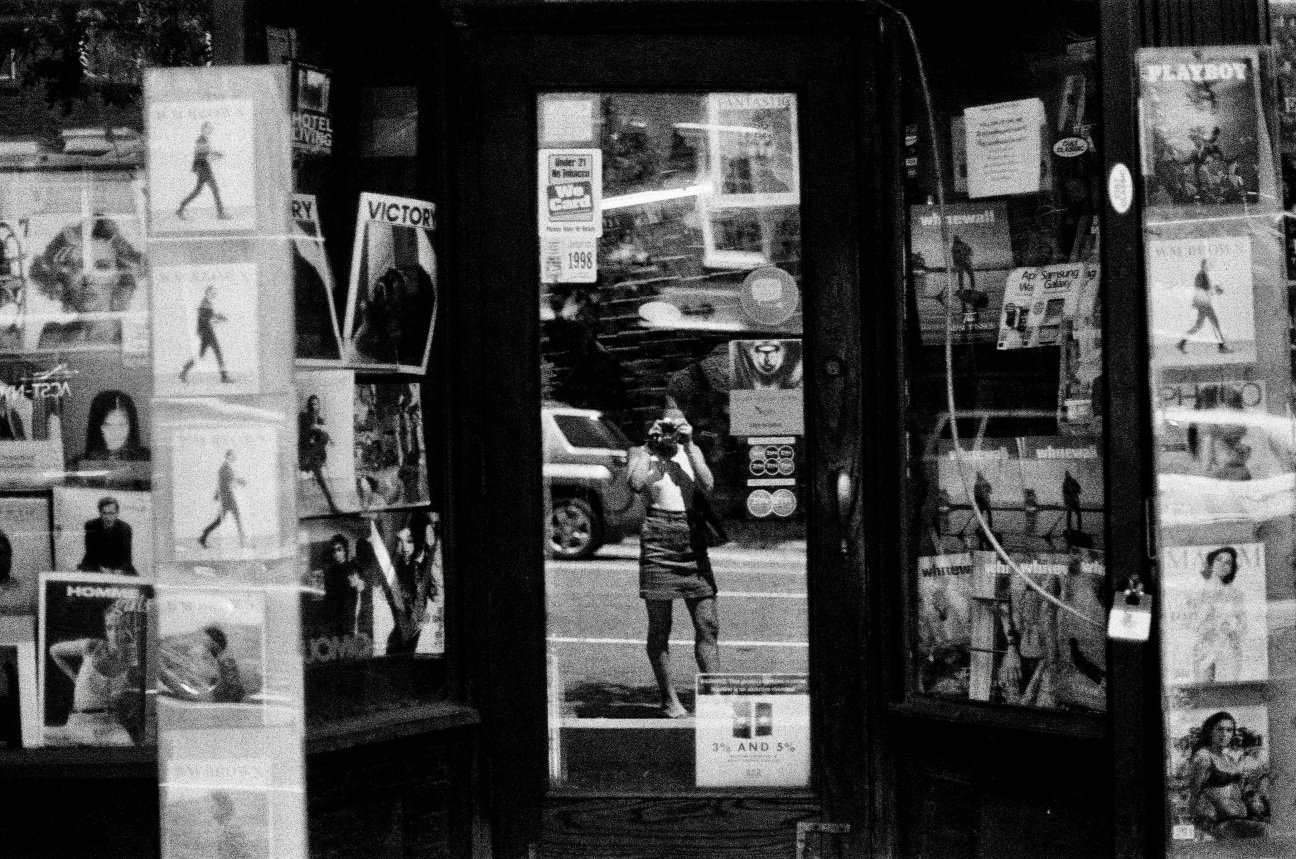
When Hannah Gottlieb-Graham founded ALMA in 2020, it was with a simple aim: to be “the antithesis of a traditional PR agency.” Four years since its founding, that vision has proven surprisingly prescient. Amid a broader identity crisis in media, the stale and oft-maligned archetype of the caffeine-wired and antagonistic publicist has fallen out of favor, replaced by the more coveted publicist-as-cultural-tastemaker. “We’re caught between that old guard and new guard still, but there’s less of that ‘hush hush’ feeling now,” says Gottlieb-Graham. “I’m convinced that your publicist can now be visible, they can be cool, they can be your friend, and they can grow alongside you.”
Gottlieb-Graham—the daughter of writers who got her start working in the photo department at The New Yorker and Surface Magazine, before rising to the role of Communications Director at the Aperture Foundation—is well-positioned to meet such a seismic moment. “I grew up an avid reader and writer—that’s really the way that I entered the cultural sphere.” Ultimately, she concluded that she might not be suited to the solitude of a writerly existence. “I’m a social person,” she says. “I love being a connector of people and ideas.” Gottlieb-Graham took this experience to “the other side,” harnessing her love of writing (still her favorite part of the job) to present a public relations approach that feels new and dynamic. “At the end of the day, a publicist is a creative middleman who’s in the mix, and can turn an idea into a real thing,” she asserts. “Thinking about angles, identifying the exact right person to write a story, I live for all of that.”

Today, ALMA represents a cross-section of clients from across the art world, many of whom have been with Gottlieb-Graham since the beginning. These include established yet dynamic institutions like Print Center New York, Jack Shainman Gallery (which will open a new Tribeca space with a Nick Cave exhibition this fall), and Tate Publishing; a new vanguard of dealers and gallerists like Hannah Traore, Nicola Vassell (both of which launched under ALMA’s guidance), and James Fuentes; and singular figures such as artist Tyler Mitchell, critic and curator Antwaun Sargent, and arts patron Bernard Lumpkin.
"ALMA was born in my tiny 300 square-foot West Village apartment, right above the Waverly Inn on Bank Street," says Gottlieb-Graham, recalling “long, eerie pandemic walks and phone calls” with Sargent, her friend and first client, and Andrew, her husband and COO. This one-on-one dynamic is the agency’s calling card, earning it the reputation as the go-to outfit for launching new projects and gallery spaces. In the last 4.5 years, ALMA has helped bring 10+ new gallery sites into the world, including Nicola Vassell’s Chelsea space, Roberts Projects’ new Los Angeles space, South African gallery Southern Guild’s first U.S. location, and James Fuentes in both Los Angeles and Tribeca. “That spirit of sitting on my couch with Antwaun and visioning his career together is still the throughline in all that ALMA does today. To this day, it feels really homey and familial.”

As the ALMA roster reveals, human connection is at the core of Gottlieb-Graham’s ethos. “One of the most exciting parts of the last four years has been building a team that's diverse in voice and background,” she says of her staff, which is currently growing. The team boasts deep experience in the journalism and gallery facets of the industry: new hires Sadie Fong Dame, Associate Director of PR and Communications, comes from a five-year tenure at Pace Gallery; while Ash Tyner, Associate Director of Partnerships, previously worked as Culture Editor at i-D and Special Projects Editor at GARAGE. Tyner will lead the firm’s new partnerships and events division at a moment when brands are eager to engage meaningfully with the contemporary art world. “Brands right now are really excited about forming partnerships that are about community and make sense, long term, for both parties, and I think we’re positioned to take this work on well,” notes Gottlieb-Graham. Rounding out the team is her husband Andrew, ALMA’s COO and General Counsel, who, with his 15 years of corporate law experience, brings a sense of business savvy and operational guidance.
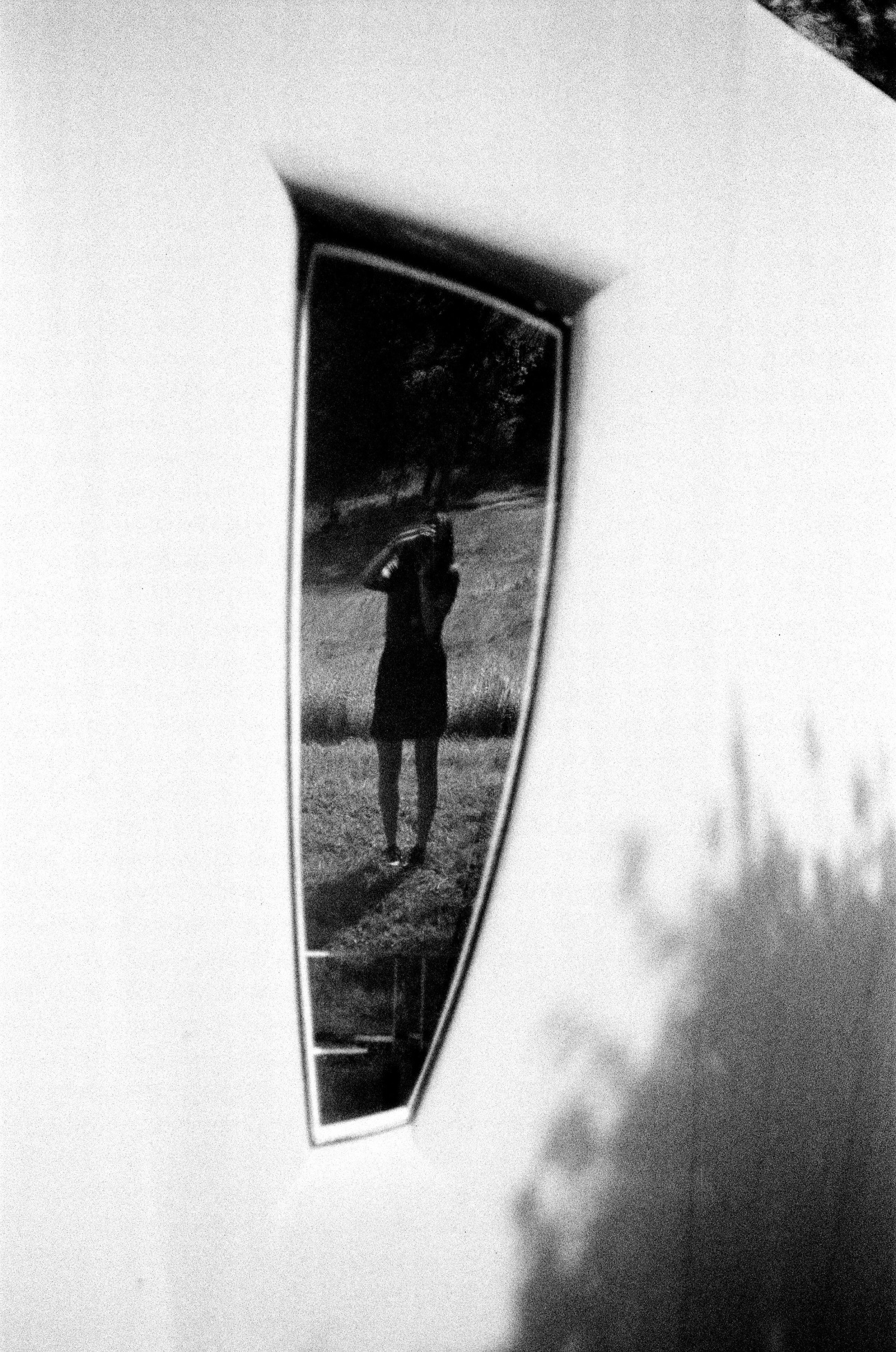
Now, the agency is launching a "rebrand" worthy of its change-making clientele—a bit of a misnomer itself, given the fact that, between the estimated 2,000 projects Gottlieb-Graham has undertaken since ALMA was born, there was hardly time to ‘brand’ the business in the first place. “Maybe it’s more of a reintroduction… Or an unveiling” she muses. “It’s a better way of telling the story of what we’ve been doing for such a long time.”
Gottlieb-Graham is considering the future, and what sustainable expansion might look like. “We’re taking on more and more projects in LA, but I’m very conscious of scaling in a way that feels intentional. I never want to become a corporate, buttoned-up operation,” she says. After all, the priority is maintaining that in-the-weeds, high-touch ethos while staying laser-focused on embracing change. “I feel like I’m always running after culture,” Gottlieb-Graham concludes. “No matter what, I never forget that.”


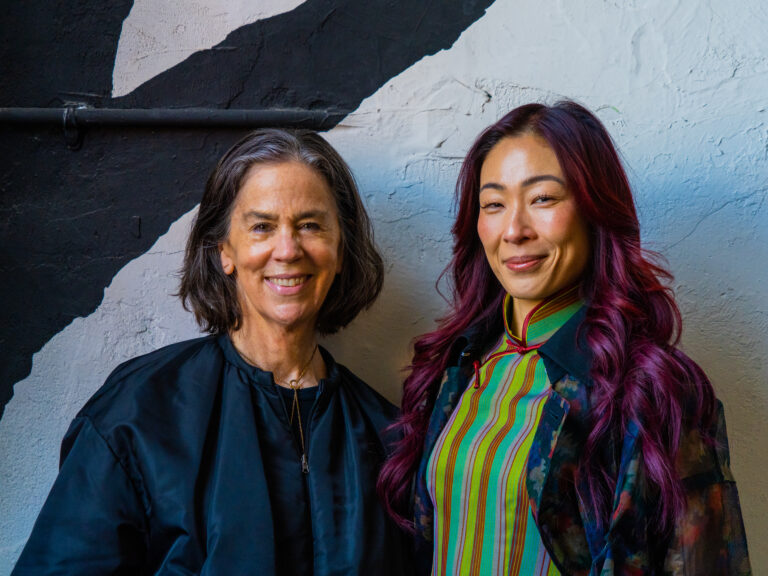
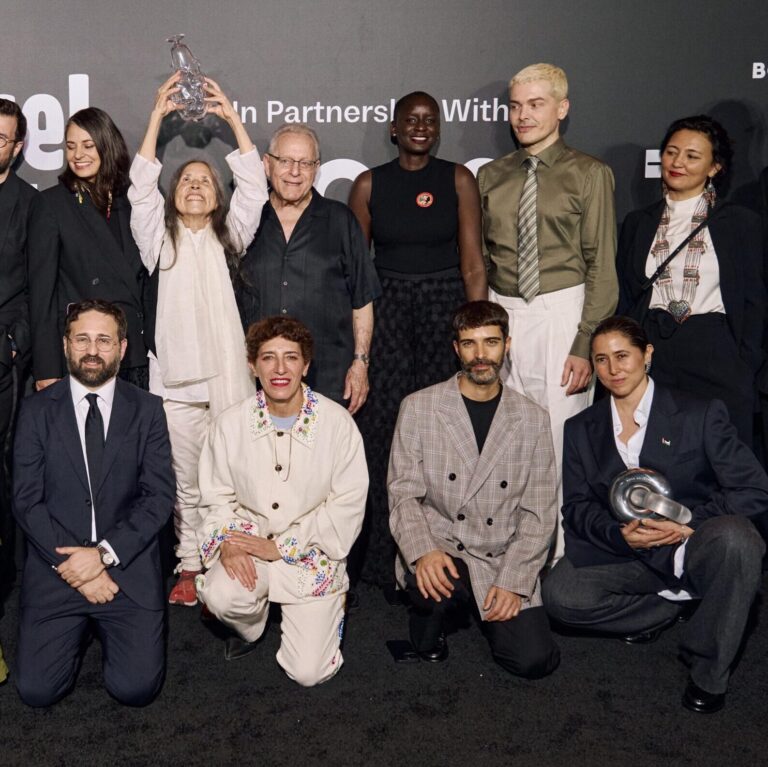
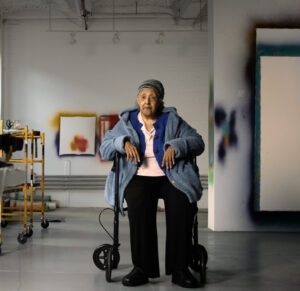
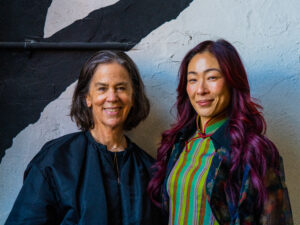
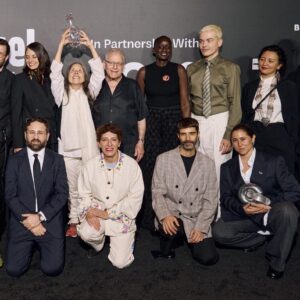



 in your life?
in your life?

